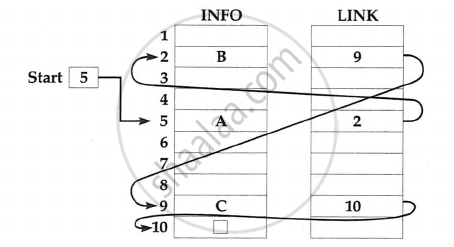Topics
Operating System
- Introduction to Operating System (OS)
- Idea of an Operating System
- Windows NT
- LINUX
- File Systems and Its types
- File Operations
- Access Methods and its types
- Allocation Methods
- Concepts Related to Process Management
- Concepts related to memory management
- Basics of Graphical User Interface (GUI)
- Access and Security Aspects of O.S.
Data Structures
C++ Programming
- Introduction to C++ Programming
- Idea Behind Object-Orientated Programming
- Object-orientated programming approach
- Object-Oriented Terms and Concepts
- Classes and Objects
- Constructors and Destructors
- Functions in C + +
- Arrays in C++
- Pointers in C++
- References in C++
- Strings in C++
- Inheritance
- Virtual functions and polymorphism
- Friends in C++
- Operator overloading and type conversions
- Files and Stream
HyperTex Markup Language (HTML)
- Introduction to HTML
- HTML Documentation
- Basics of HTML Tags
- Font Tags in HTML
- Formatting Text in HTML
- Lists in HTML
- Dealing with URLs
- Tables in HTML
- Images in HTML
- Links in HTML
- HTML Scripts
- Introduction to linked lists
- Representation of linked list in memory
Linked lists
A linked list is a linear collection of data elements, called nodes, where the linear order is given by means of pointers i.e. each node is divided into two parts. The first part contains the information of the element, and second part is link field which contains the address of the next node in the list.

The left part of a node contains information; the right part contains a pointer to the next node. The last node's pointer is null. The list starts with the address of the first node, and an empty list's start pointer is null.
Advantages of Linked List
In comparison with lists i.e. arrays, linked lists have certain advantages. Insertion and deletion of any element in an array is expensive. Array elements also require consecutive memory locations. In linked lists, insertion and deletion is easy. Linked list also does not require consecutive memory locations.
Representation of linked list in memory

Linked list can be represented by two linear arrays. One is INFO, containing information part and other is LINK, containing next pointer field. The name of linked list, start, contains beginning of the list.
